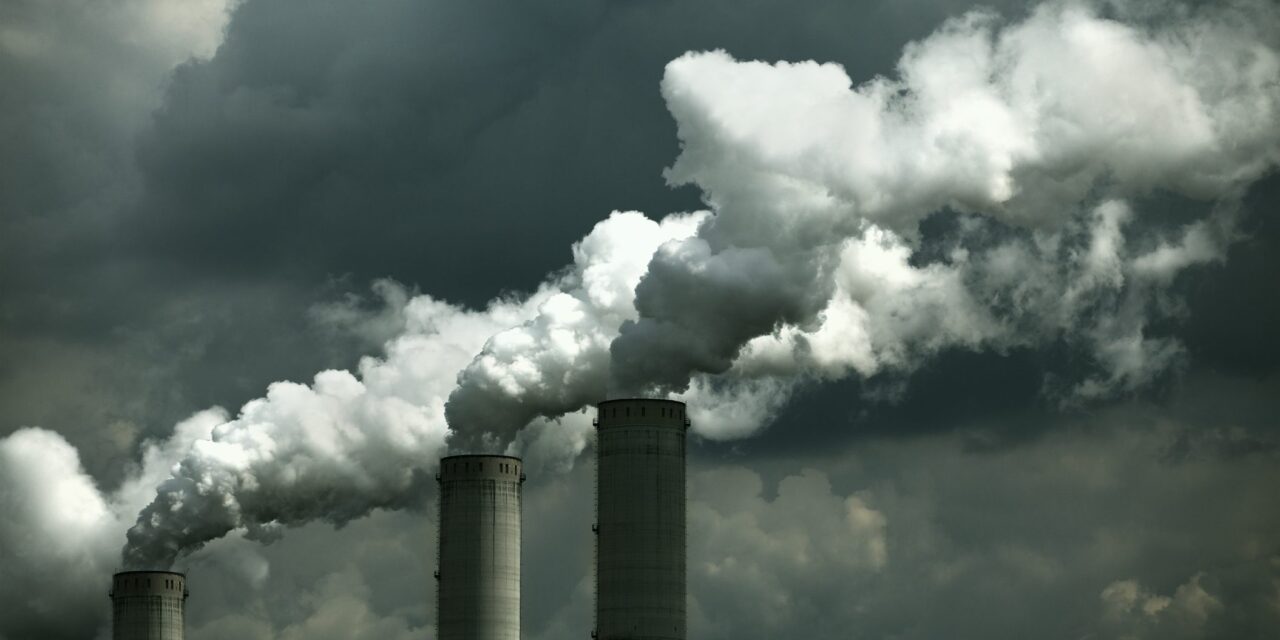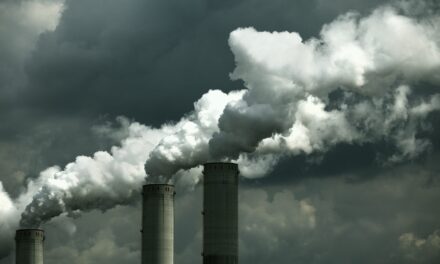(Cross-posted on Daily Kos, the European Tribune and the Thinkaboutit to increase mind footprint in a carbon neutral way. Please help sustain comments and discussions on those sites by contributing to comments and recommendations!)
The Copenhagen Climate Change Summit raises critical issues for world governance, but we must also ask ourselves how we can make a difference. The thinkaboutit climate change conference offered ideas for how we can change government policies through effective blogging. More importantly, it also offered ideas for how we can change our lives…

COP15, the 15th. UN Conference of Parties to the climate change convention meets in Copenhagen in December to negotiate a successor to the Kyoto Convention which expires in 2012. Fourteen thousand delegates, press, industry lobbyists and environmental activists are expected to descend on the Bella Conference centre to try and hammer out an agreement at the (scheduled) two week event. A crucial indicator of the prospects for success is whether Heads of State and Government agree to attend in addition to the more usual Environment Ministers. Gordon Brown has just committed to attend.
The conference organisers are trying to reduce the carbon footprint of the conference by buying carbon offsets, eliminating conference “gift bags”, banning bottled water, and encouraging delegates to use the existing public transport metro infrastructure to the centre. Delegates can also reduce costs by renting one of 1,500 private apartments or staying with families in one of 2,500 private homes which have registered to host conference attendees.
I have just been attending a bloggers conference in the same Bella centre attended by 90 bloggers from 40 countries. It was organised by the European Journalism Centre and funded by the European Commission. The objective is to stimulate discussion of climate change issues in the blogosphere ahead of the main event. Speakers included Tasha Eichenseher (National Geographic), Gerald Traufetter (Der Spiegel, and Ramesh Jaura who focused on the North/South dimensions of the issue.
Other speakers included Francois Roudie, European Commission policy coordinator, Andreas Barkmann, European Environmental agency, Mads Christensen, Greenpeace, and Soren Hermansen, Time Magazine Hero of the Environment 2008. The conference concluded with a visit to the Dyssekilde Ecovillage, Torup, North Seeland where we spoke to some inhabitants about their experiences in building up a carbon neutral and environmentally responsible community.
Ramesh Jaura highlighted the fact that whilst polar bears on shrinking ice flows get all the publicity, it is the two thirds of mankind in the Global South who are on the front lines of many of the destructive environmental consequences of global warming. There is simply not a comparative level of economic development and financial capacity to make Northern demands for the South to take a greater proportionate role in climate change reduction credible.
Other speakers stressed that the problem is that the science of climate change is complex and difficult; many of the processes are non-linear; and some tipping points may escalate those processes in not entirely foreseeable ways. Illustrating long term environmental trends in a media dominated by short term events and news cycles is the challenge facing scientists, journalists and bloggers. Whilst the problems and solutions have to be global, the problem is that politics and news markets tend to be dominated by local considerations and interest groups.
The challenge now is to build on the scientific consensus and public awareness campaigns run by Al Gore and many others, to the processes of political mobilisation. The EU will meet it’s Kyoto targets of an 8% renewable energy by 2010 and has 30 programmes in place to achieve a 20% renewable target by 2020. The costs of inaction (5 to 20% of Global GDP) greatly outweigh the costs of action (+/- 1% of GDP) and there is a demonstrable geographical overlap between areas where climate change is hitting hardest (droughts, famines, coastal risks and demographic pressures and increased military conflicts. Climate change needs to be seen as not just as an environmental issue, but as an economic, human rights, political and security issue as well.
Denmark has achieved a position of world leadership in wind power technology, with c. 40% of the world market in wind turbine technology thanks to a public policy of support for R&D and feed in tariffs to encourage early and widespread adoption of the technology. 20% of Danish electricity is now produced from wind with c. 86% of all wind turbines in Denmark owned by hundreds of thousands of families belonging to local wind farm cooperatives.
However Greenpeace expects the COP15 conference to adopt a “greenwash” plan which falls far short of the targets required to limit global temperature growth to the 2 degrees Celsius required to reduce the risks of catastrophic “tipping point events” threatening the survival of many small island states to below 50%. In their view greenhouse gas emissions would have to be reduced by 40% (industrialised states) and 15-30% (developing states) together with the ending of net deforestation by 2020 to have a reasonable chance of success.
The role of bloggers in all this, it was suggested, was to hold politicians accountable for the national targets they had adopted, and not to let them away with the usual evasion strategies which always seek to blame someone else for not doing enough to address the problem. Many communities in Denmark and elsewhere were showing that it was possible to be carbon neutral and the time for waiting until someone else came up with more ambitious targets was long gone.

Dyssekilde Ecovillage, Torup, North Seeland

I spoke to Matthilde who had been living in the village for over 20 years. She was one of the originators of the project and recalled the endless meetings which were required to clarify their ideas and get approval from the local municipal authorities. She built her house herself over a period of a few years (with help from neighbours) using many recycled materials and proudly recalled how she had laid the bricks for the circular structural walls just right with the help of a large physical compass.
Her house has a “mass heater” which is a wood burning stove built into the internal walls which retain the heat for up to 12 hours after the wood burning fire has been lit for just one hour. It achieves a very high temperature which reduces harmful emissions and reduced heat loss up the chimney by being completely sealed when not actually burning. Newer houses use a new communal geothermal heating system.
Matthilde works part time in the village communal office and gardens and is very proud of the communal village recycling and waste disposal systems. All waste waters are treated by a sealed willow tree waste water treatment plant which uses 30,000 small willow trees to facilitate absorption of solids and evaporation of water from the system. When built it was the largest system of its type in the world.
The village wind turbine sells its electricity to the electricity utility and is now nearly 20 years old and still going strong. The village has a spacious communal meeting house/kitchen/laundry used for meetings, conferences and parties which means that individual houses can be quite small. There is a small shop and school and village activities are organised around 20 different work/interest groups with all final decisions being taken by all villagers meeting together once every three months.
In talking to Matthilde it became clear that sustainable living wasn’t just about carbon footprints, waste management, recycling and energy neutrality. It was a way of life encompassing how people live, work and cooperate together sharing many common facilities and tasks. Some villagers work locally and others commute to work outside the village using private or shared cars or the local train service. Living in a rural communal community will not suit everyone and all circumstances, but it certainly demonstrates that it is possible for people to live together in relative harmony without exploiting each other or the environment.






